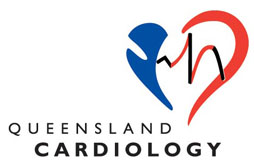For Patients
Patient Information
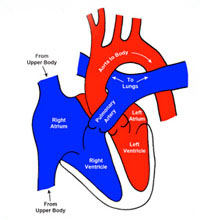
The Normal Heart
What is the Normal Heart
The heart is a “ball of muscle” whose size approximates that of the clenched fist of the individual. It is situated centrally in the chest beneath the breast bone but is tilted to the left. It is contained within a fibrous sac – the pericardium – which protects the heart and keeps it’s surface lubricated with body oils to allow for smooth function. The heart has an inner lining called the endocardium, a middle layer which is muscular and an outer fibrous layer known as the epicardium.
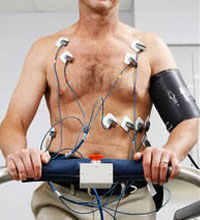
Exercise Stress Test
What is an Exercise Stress Test?
An exercise stress test is a non-invasive test used to evaluate the function of the heart while it is subjected to stress. This is achieved by walking on a treadmill.
Exercise increases the heart rate and blood pressure and makes the heart beat stronger. This test is performed to help diagnose blocked arteries in the heart (coronary artery disease), assess abnormal heart beats or to check the function of pacemakers.

Dobutamine Stress Echocardiogram
What is a Dobutamine Stress Echocardiogram
A dobutamine stress echo is a non-invasive test used to evaluate the function of the heart while it is subjected to stress. The heart will be ‘stressed’ by a medication called Dobutamine.
Dobutamine affects the heart in a similar manner to exercise. It increases the heart rate and blood pressure and makes the heart beat stronger. The rise in heart rate increases the oxygen demand of the heart and helps to determine if the heart muscle is getting enough blood and oxygen.
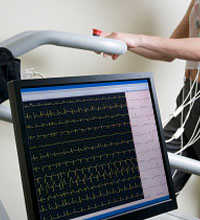
Exercise Stress Echocardiogram
What is an Exercise Stress Echocardiogram?
An exercise stress echo is a non-invasive test used to evaluate the function of the heart while it is subjected to stress. This is achieved by walking on a treadmill.
Exercise increases the heart rate and blood pressure and makes the heart beat stronger. The rise in heart rate increases the oxygen demands of the heart and helps us to determine if the heart muscle is getting enough blood supply through the coronary arteries.
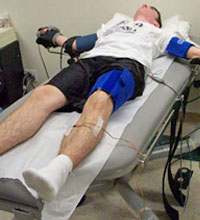
Head Up Tilt Table Test
What is a Head Up Tilt Table Test?
A head up tilt test is a simple, non-invasive test used to evaluate patients who have had repeated “syncope” (loss of consciousness).
How does the test apply to you?
Normally when we stand, the heart and blood vessels (cardiovascular system) make adjustments to prevent blood from pooling in the legs and maintain blood flow towards the head. For example, the heart rate increases and the blood vessels constrict. However, in some patients, these cardiovascular adjustments do not occur as they should, resulting in a drop in blood pressure and or heart rate causing syncope (fainting).
